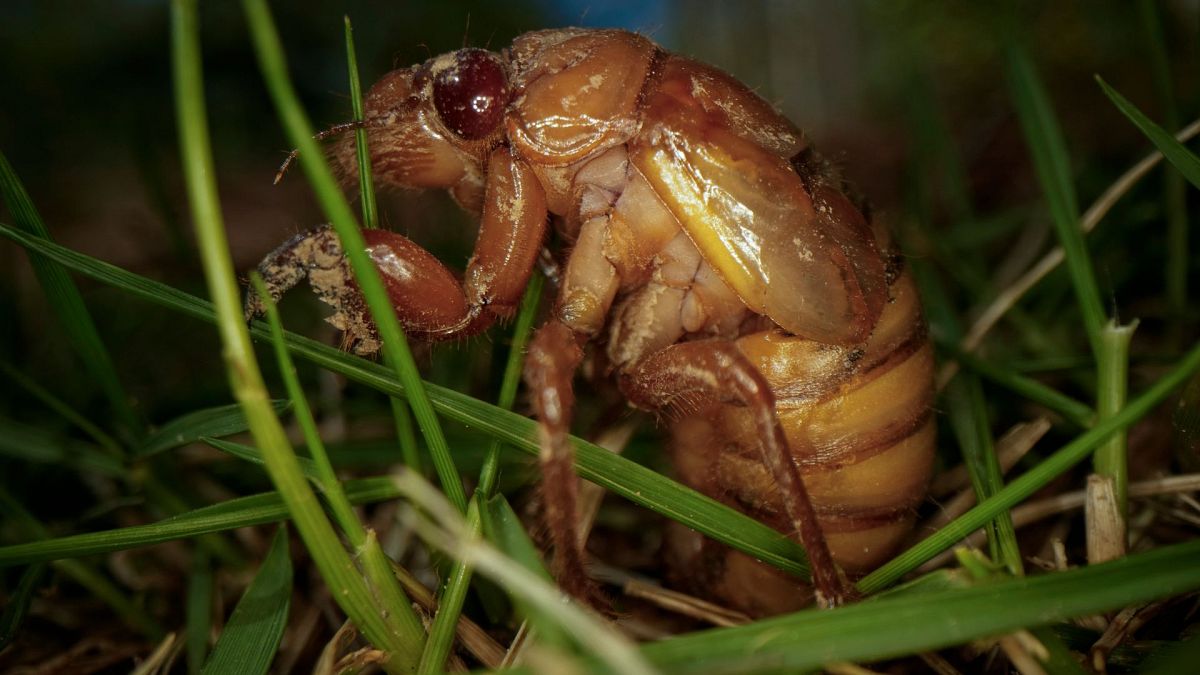Police have received complaints of a loud ‘siren’ sound as billions of cicadas emerge in a rare double convergence.
Emerging cicadas are so loud in one US county that residents are calling the sheriff's office asking why they can hear sirens or a loud roar.
The Newberry County Sheriff's Office in South Carolina sent out a message on Facebook on Tuesday letting people know that the whining sound is just the male cicadas singing to attract mates after more than a decade of being dormant.
"We have had several calls about a noise in the air that sounds like a siren, or a whine, or a roar. The sound is cicadas," it reads.
Some people have even flagged down deputies to ask what the noise is all about, Newberry County Sheriff Lee Foster said.
The nosiest cicadas were moving around the county of about 38,000 people, about 65 kilometres northwest of Columbia, prompting calls from different locations as Tuesday wore on, Foster said.
Why are the cicadas so loud this year?
Trillions of red-eyed periodical cicadas are emerging from underground in the eastern US this month. The two broods emerging are on 13 or 17 year cycles, and have not converged in centuries.
Their collective songs can be as loud as jet engines and scientists who study them often wear earmuffs to protect their hearing.
After Tuesday, Foster understands why.
“Although to some, the noise is annoying, they pose no danger to humans or pets,” Foster wrote in his statement to county residents. “Unfortunately, it is the sounds of nature.”
These black bugs with bulging eyes differ from their greener-tinged cousins that come out annually. They stay buried year after year, until they surface and take over a landscape, covering houses with shed exoskeletons and making the ground crunchy.
This spring, an unusual cicada double dose is invading parts of the United States, with the insects emerging in numbers not seen in decades and possibly centuries.
The last time these two broods came out together was in 1803 - a phenomenon that University of Connecticut cicada expert John Cooley has dubbed “cicada-geddon”.
Do cicadas damage the environment?
At times mistaken for voracious and unrelated locusts, periodical cicadas are more annoying rather than causing biblical economic damage. They can hurt young trees and some fruit crops when their mating and nesting weighs down and breaks branches, but it's not widespread and can be prevented.
The numbers that will come out this year - averaging around 1 million per acre over hundreds of millions of acres across 16 states - are mind-boggling. Easily hundreds of trillions, maybe quadrillions, according to Cooley.



